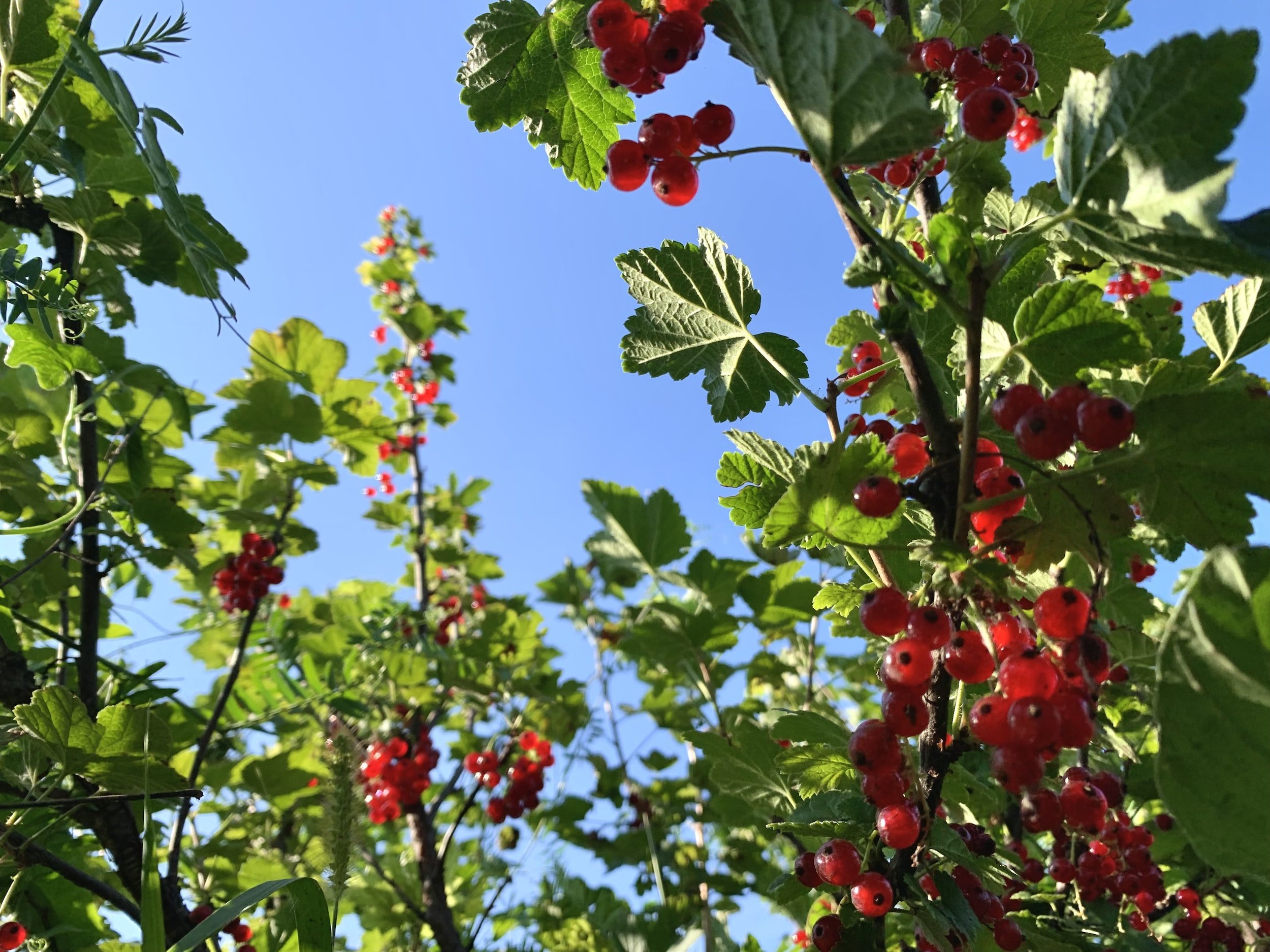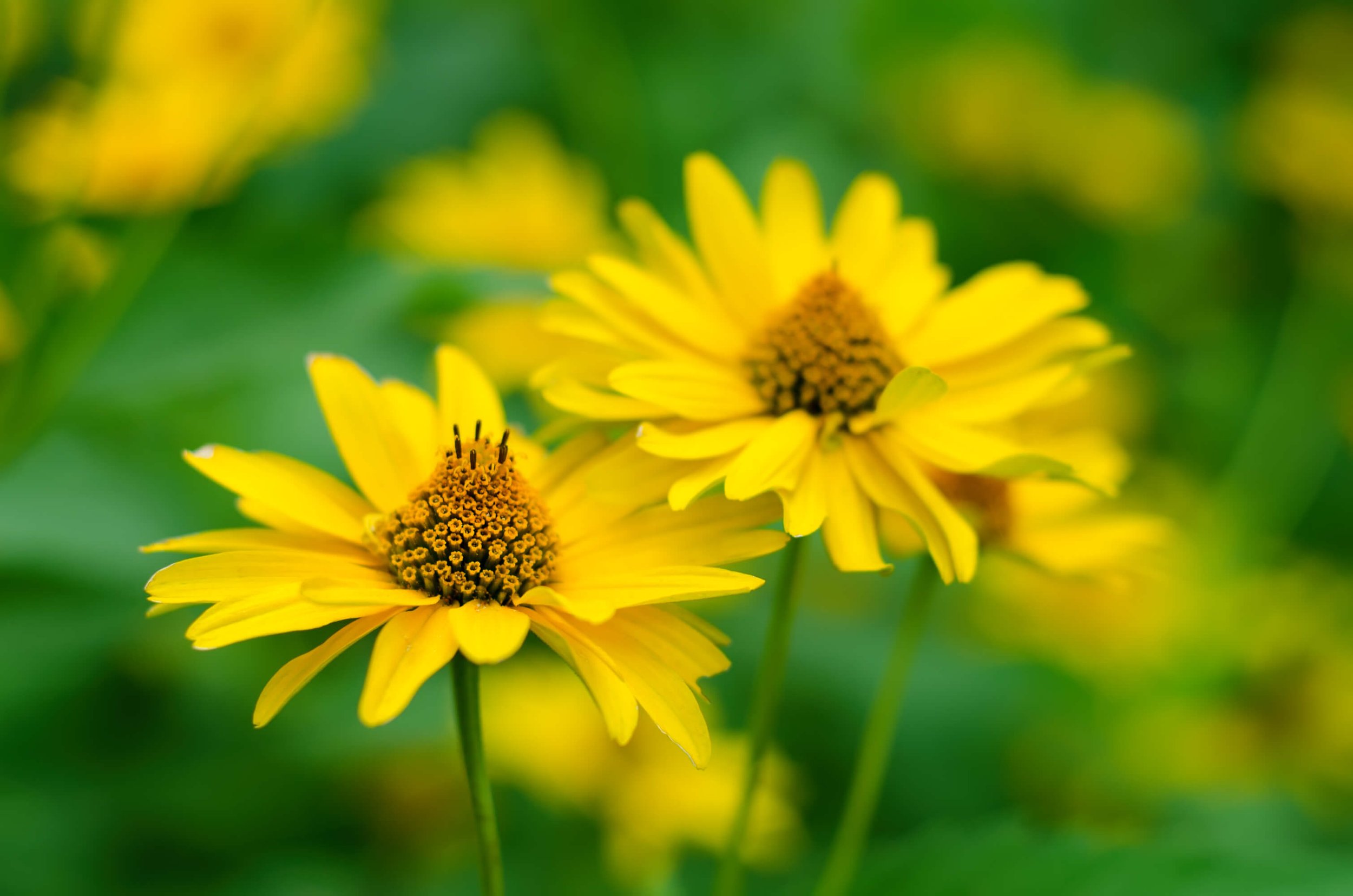The Top 9 Edible Garden Plants to Grow
Discover > Grow Your Own Food > The Top 9 Edible Garden Plants to Grow
Sooner or later, all gardeners come face to face with the same dilemma - practicality vs. beauty. Edible garden plants offer a way to have the best of both worlds by incorporating visually aesthetic, ornamental plants that are also full of calories and flavor.
Plenty of stunning trees, berries, flowers, and veggies can add something special to your diet. But growing them all successfully is a whole different story. So for our list, we chose plants that are most compatible with the American climate, in addition to being easy to grow, even for beginners. Without further ado, here are the top nine edible landscaping plants for your garden.
Top 6-9 Attractive Edible Garden Plants
9. Mini Bell/Hot Peppers
Large peppers may not seem very ornamental, but the hybrid varieties that produce smaller fruit are a whole different story. Bushes of hot peppers are eye-catching conversation starters. They also produce more of the bright-colored peppers than they do leaves, creating quite a sight around harvest time.
And for a more advanced approach, go with multiple colors of bell peppers. They are just as plentiful as hot peppers but sweeter, which makes them more useful in the kitchen. Most importantly, they are not as bushy, giving you the creative freedom to arrange them by color lines or to create a pattern of your own.
8. Currants
If you’re looking for edible shrubbery, look no further than currants. The translucent red berries seem to almost glow when they’re touched by sunlight. And the bushes, which can grow to 4-6 feet tall, are easy to prune and shape as you like.
Most people find red and even black currants too tart to eat fresh. That said, everyone loves the flavor they add to jams, preserves, syrups, and even wine.
7. Royal Sovereign Strawberries
Strawberries are generally divided into two categories - regular early-summer strains and everbearing, perennial ones. Though any variety can be useful in edible landscaping, we recommend the stunning Royal Sovereign.
You won’t find this rare strawberry at the grocery store because it yields less berries than commercial varieties. But what it lacks in quantity, the Royal Sovereign makes up for in quality, size and taste. You’ll be able to smell the jumbo-sized strawberries from 20 yards away. And when the plant isn’t heavy with berries, it is covered with beautiful white and pink flowers.
6. Red Leaf Lettuce
That’s right, one of the healthiest foods you can grow is also an ornamental wonder. Like all salad greens, red leaf lettuce can be planted in early spring and perpetually harvested all season long. This colorful variety is perfect for creating a border around flower beds or bushes.
For an added bonus, plant another “line” of white or purple kale next to the Red Leaf. Not only will it add even more color to your garden, the kale will also keep yielding salad greens throughout the fall season, when the Red Leaf Lettuce is no longer producing.
Top 5 Easy-to-Grow Plants For Edible Landscaping
5. Low & Highbush Blueberries
Highbush blueberry strains are known for their versatility and high flower-to-leaf ratio. They can be pruned into a hedge around your garden, or grown into small, well-placed bushes. By late summer, these shrubs will be completely covered in tiny white and blue flowers. In the fall, each of those flowers turns into a delicious berry.
The only issue with placing highbush varieties in the front yard is the inevitable eyesore of their naked bottom branches. So, to incorporate blueberries (how long do blueberries last?) into edible landscaping, simply add a small lowbush plant next to each highbush one.
4. Jerusalem Artichoke
A smaller cousin of the sunflowers we all know and love, Jerusalem artichoke offers a lot of utility for any garden. Their large, aromatic flowers can really light up a yard, and those long, yellow pedals are the only non-edible part of the plant. On top of that, artichokes (What wine goes well with artichokes?) crowd out pesky weeds, and thrive in shaded areas.
Though the greens are technically edible, most people only harvest the tubers (or pods) produced by Jerusalem Artichokes. These tubers are around the size of fingerling potatoes, and twice as delicious. Artichokes are so hardy and easy to grow that we recommend clearing out all the tubers each season to prevent the artichokes from taking over your entire garden the following season.
3. American Groundnut
Since it’s a vine that can grow practically anywhere, American groundnut is the perfect choice for those of us who are fresh out of garden space. It can be easily directed to grow on tree trunks, fencing or even the side of your house. The vine is also perennial, meaning it doesn’t need to be sown every season.
In late spring, American Groundnut starts producing a multitude of pink flowers that give off a sweet, earthly aroma. The flowers, seed pods and tubes - all of which are edible - taste like potatoes with a hint of hazelnut.
2. Herbs
Sure, dill (how long does dill last?) or parsley won’t exactly beautify a garden. But you’d be surprised how great some herbs look in a flower bed. Staples like sage and oregano are perfect for outlining flowers.
Each of these herbs adds a new color and a powerful scent to your garden. The tall-leafed herbs like rosemary and lavender work great as bordering hedges. In contrast, the low-growing thyme can replace all the inedible grass used for ground cover.
1. Cherry Trees
As far as trees go, cherries (how long do cherries last?) are the kings of edible garden plants. They branch off early, meaning the berries are literally at arms reach. And flowers aside, even the thick, glossy foliage of a cherry tree is uniquely beautiful.
Cherries are also arguably the healthiest of all the berries. They’re rich in natural antioxidants, Manganese, Copper, Vitamin C, and anti-inflammatory compounds. But, unlike most “miracle foods”, cherries are super easy to incorporate into any diet. They are a tasty addition to any desert, trail mix, (how long does trail mix last?) pastry or fruit salad. And, contrary to popular belief, some varieties are sweeter than honey!
That wraps up our list of the most attractive and easy to grow plants for edible landscaping. Do you know an edible wonder that belongs on our list? Which plant are you planning to try out first? We’d love to hear your thoughts and answer any questions you might have in the comment section. And make sure to click the subscribe button to stay tuned for all our future videos, right here on TexasEats!
Don’t forget to check out our all in one guide for homesteading, farming and ranching in Texas.
Sources:
https://www.allrecipes.com/article/types-of-lettuce/
https://savvygardening.com/growing-american-groundnuts/
https://gardenerspath.com/plants/fruit-trees/grow-fruiting-cherry/
https://www.bloomingbackyard.com/edible-hedges/
https://www.southernliving.com/food/entertaining/edible-flowers
https://www.countryliving.com/gardening/garden-ideas/advice/g1161/7-herbs-with-gorgeous-blooms/











